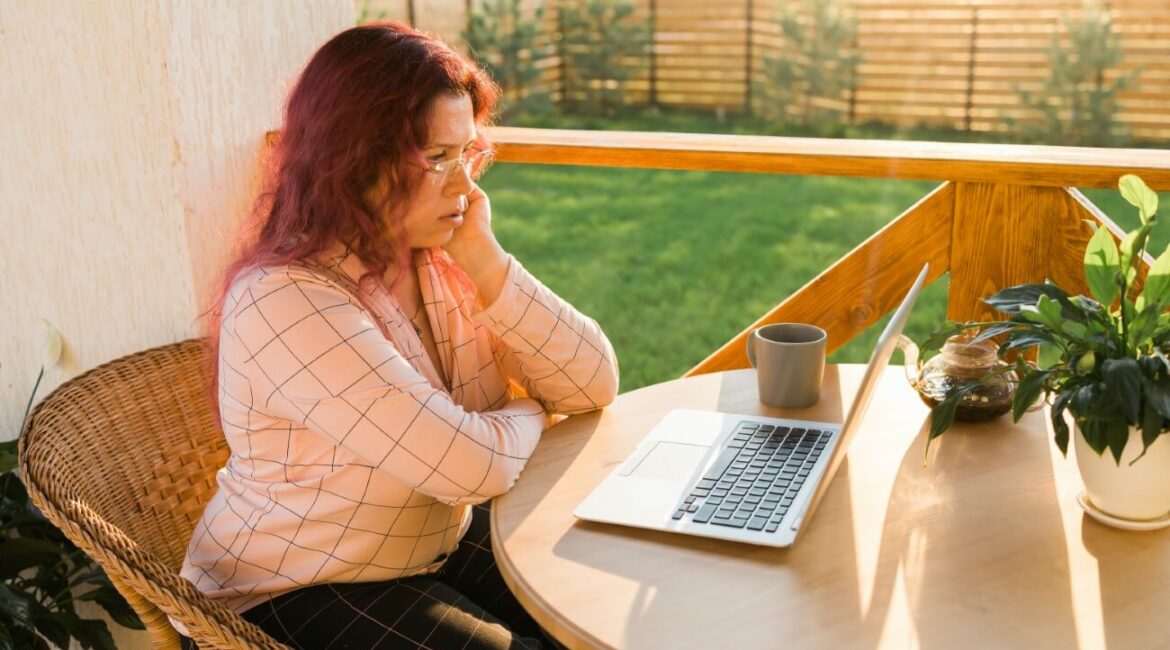The shorter days, the chill in the air, and the reduced sunlight can sometimes cast a shadow on our mood. If you find yourself feeling a bit under the weather during specific seasons, you might be grappling with Seasonal Affective Disorder (SAD). It’s not just a case of the “winter blues”; it’s real and can weigh heavily on one’s well-being. But don’t fret; there’s a plethora of quick fixes to shine a light on these cloudy days.
Understanding Seasonal Affective Disorder
SAD, aptly named, is a form of depression that comes and goes with the seasons. Most commonly striking in the winter months, it can leave you feeling lethargic, disinterested, and even isolated. Recognizing it is the first step to tackling it head-on.
Quick Ways to Combat SAD
1. Embrace the Light Sunlight naturally uplifts our mood by boosting serotonin levels. Grab every sunlit opportunity, whether it’s a quick walk outside or simply pulling up the blinds to let natural light flood in.
2. Consider Light Therapy Light boxes can be a game-changer. These boxes emit a bright light, mimicking natural sunlight. Just 20-30 minutes each morning can help keep SAD at bay.
3. Move That Body Exercise isn’t just for the physique; it’s mood-boosting magic. Even a brisk walk can increase your endorphin levels, acting as a natural antidepressant.
4. Stay Connected When you feel like cocooning yourself, resist the urge. Connecting with loved ones can act as a buffer against depression. Remember, a quick chat can make a world of difference.
5. Dietary Tweaks Omega-3 fatty acids and Vitamin D have shown to alleviate symptoms of SAD. Consider incorporating fish, flaxseeds, and fortified foods into your diet.
6. Seek Professional Help If the cloud doesn’t lift, don’t hesitate to seek professional help. A therapist or counselor can provide tailored strategies and coping mechanisms.
Incorporating a Mindful Morning Routine
Establishing a morning routine tailored to combat SAD can set a positive tone for the day. Mindfulness meditation has been shown to alleviate symptoms of depression and can be particularly beneficial for those suffering from SAD. Practices such as yoga or guided breathing exercises can ground you and provide a sense of calm. Combine this with the recommended light therapy for a double boost. The Philips SmartSleep Light Therapy Lamp, for example, provides the clinically proven benefits of light therapy while also incorporating relaxing sounds, which can be a great addition to a mindful morning routine.
Creating a Cozy and Uplifting Home Environment
Home is where much of the winter is spent, especially in colder climates, so it’s vital to create an environment that combats the gloomy feelings associated with SAD. This involves maximizing natural light, but also adding elements that promote warmth and happiness. Consider hygge, the Danish concept of coziness and comfortable conviviality that engenders a feeling of contentment or well-being. This can include adding warm blankets, lighting candles, and using aromatherapy. The Ultimate Aromatherapy Diffuser & Essential Oil Set on Amazon is a great option, as essential oils like citrus or lavender can help improve mood and ease anxiety.
Investing in Quality Sleep
The quality of sleep can significantly affect mood disorders, including SAD. Since the disorder can disrupt the body’s internal clock, it’s important to create and maintain a sleep schedule. Invest in a good quality sleep mask to block out unwanted light, and consider using a wake-up light alarm clock that simulates sunrise, like the Hatch Restore. The gradual increase in light can help adjust the circadian rhythm and improve mood upon waking, making it easier to face shorter, darker days with a brighter outlook.
While Seasonal Affective Disorder can pose challenges, these strategies can help mitigate its impact. Embrace the tools and habits that best suit your lifestyle and take proactive steps to safeguard your mental health as the seasons change.
Frequently Asked Questions
Are certain people more prone to SAD?
Yes, factors like genetics, age, and even your body’s biological clock can play a role. Women and young adults are often more susceptible.
Does SAD only occur in winter?
While winter-onset SAD is common, some people experience symptoms during the summer, known as summer-onset SAD. Recognizing your patterns is key.
Can I use any light bulb for light therapy?
No, it’s vital to use bulbs designed for light therapy, ensuring they are of the right intensity without UV radiation.
How can I differentiate between SAD and regular depression?
While both share similar symptoms, SAD is season-bound. If your symptoms dissipate with a change in season, it’s likely SAD.
Remember, you’re not alone in this. Seasons change, and so can your mood. By adopting some of these quick fixes, brighter days are certainly on the horizon. Stay resilient; your well-being is worth it.
- A Chat with Nate and Mika, Christian Wedding Photographers - July 18, 2024
- Ultimate Guide To Playing Online Casinos - May 27, 2024
- Addiction Recovery Books Worth Reading - January 24, 2024








